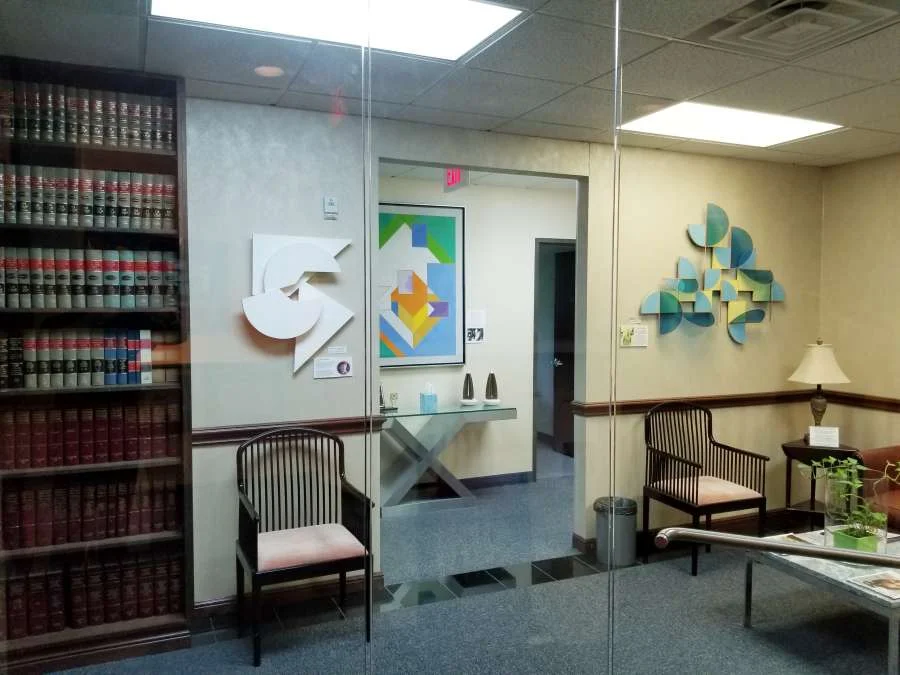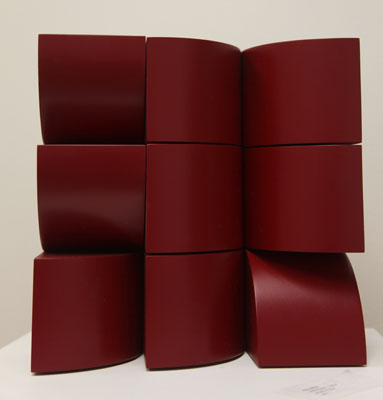The Museum of Geometric and MADI Art
After attending one of my top 5 gigs to date last week ( David Byrne's American Utopia tour) I was searching who else collaborated with Byrne on the creative direction of the show. Alongside the joyful music - the simple costumes, the choreography, the set and the lighting were all so on point, I was keen to know more about the team Byrne pulled together to make his vision come to life - see footage of the show here .
In my quest for more information I stumbled across something completely different and this is why I love both the internet and being curious. I found myself on Byrne's personal journal documenting a trip to The Museum of Geometric and MADI Art in Dallas, Texas. Contrary to me the art itself did not float his boat ( see my top picks below ... my new favourite discoveries being the art of Joao Carlos Galvao above and Gianfranco Nicolato below ). I enjoyed reading Byrne musings on how the museum itself eliminated the separation of art and life being housed inside a working law office - it being one of the the firms partner's personal collections.
Extract from Byrne's journal below,
"Not only does the Museum of Geometric and MADI Art reveal the history of an often overlooked parallel art movement, but here, in this building, the border between the law offices that house this collection and the museum is porous. On the ground floor, most of the work is shown chock-a-block salon style, with as many pieces as possible jammed onto the walls. When I entered, I was met by a receptionist for the law offices. I was disoriented for a moment—she gestured toward the “museum” area and went back to her work.
I wandered about for a bit, taking in the various worldwide examples of this movement and reading the biographical labels. In the little bookstore, a man approached me and, here’s where it gets really interesting, he told me, “There's more upstairs,” and then, “But I have to let you in as there are offices up there.” So up I go, wandering amongst the law books and offices, interrupting meetings even.
I found this lack of separation between work and personal obsession inspiring. Most private collection museums leave the source of the money that supports the acquisitions and exhibitions a mystery. The collections are kept entirely separate from the business side of the collectors’ lives. But, in this case, the day-to-day work aspect of the collectors’ professional lives is right there in the open, intermingled with the artwork they love. The usual compartmentalization of aspects of one's life has been removed. Art and work, passionate interests and day-to-day business intermingle and presumably influence one another in some way.
Here is a different way of imagining how a cultural space or institution might be organized."
Find out more about the Geometric and MADI Art movement here,
















